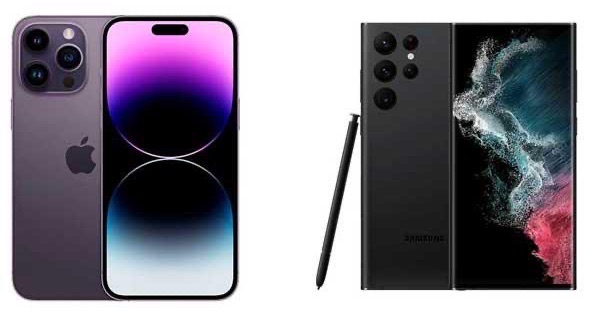
Updated 2023. You can save hundreds of dollars per year by shopping around and using a lesser-known plan. Every major network sells wholesale minutes and data to MVNOs (Mobile Network Virtual Operators), which they in turn sell at a significant discount to individuals. Most recently, the major networks themselves have either entered the game and/or bought out competitors. You can now get “unlimited” data for just $25 a month on most networks.
The drawbacks are that the customer service may be more lean, and the data speeds may be slower as the MVNO data is usually at a lower prioritization than if you had a direct plan. If you’re at a Taylor Swift concert, the MVNO plan users will be the ones with slow uploads to TikTok. But once I was set up, it was pretty smooth sailing and worth the savings given my needs (I also can’t afford to go to Taylor Swift concerts).
This list includes unlimited talk and text plans that include 5G and 4G LTE data. Many of these advertise “unlimited data”, which actually means they throttle speeds down the 128 kbps (2G) after your LTE allotment runs out. Here are the best options by network below (Verizon, AT&T, T-Mobile). I sort by network because that usually makes it easier to Bring Your Own Device (BYOD), though every MVNO will have a form where you can check compatibility via your phone’s specific identification number (IMEI or MEID).
Disclosure: This post includes affiliate links where available. If you make a purchase through the links below, I may be compensated.
T-Mobile Network – T-Mobile Network Color: Hot Pink
- Unlimited Talk & Text + 5 GB 5G/LTE Data. Mint Mobile has an unlimited talk, text, and 5 GB 5G/LTE data plan from $15 per month. Their intro offer is 3 months at $15 per month for all plans. After that, you’ll have to buy 12 months of airtime upfront to get the $15 per month price. After your 5G/LTE data runs out, you still get data included at slower 2G data speeds until your month resets. 15 GB for $20/month ($240/yr), or 40 GB for $30/month.
- Less value, but direct from T-Mobile. T-Mobile Connect has an unlimited talk, text, and 1 GB data plan for $10 a month. 3.5 GB for $15/mo. 6.5 GB for $25/mo.
- Unlimited Talk & Text + “Unlimited” 5G/LTE Data (30 GB full speed). Boost Infinite offers unlimited talk, text, and “unlimited” data for $25 a month + taxes. 30 GB of high speed data before “lower speeds”. Use all 30GB as mobile hotspot for additional $10/mo.
Note: I personally use Mint Mobile – see my Mint Mobile review for tips and details based on my experiences.
AT&T Network – AT&T Network Color: Blue
- Unlimited Talk & Text + 1 GB 5G/LTE Data. Boost Mobile offers unlimited talk, text, and 1 GB data for $8.33 a month. To find this plan option, you must click on “12 months” on the Plans page. You must prepay $100 + taxes/fees upfront for 12 months of service. After your 5G/LTE data runs out, you still get data included at slower 2G data speeds until your month resets. You can choose the AT&T network (GSMA) when you sign up. You can also upgrade to 15 GB of data for $20/month ($240/yr).
- Unlimited Talk & Text + “Unlimited” Data (16 GB full speed). AT&T Prepaid offers unlimited talk, text, and “unlimited” data for $25 a month. You must prepay $300 + taxes/fees upfront for 12 months of service. After 16GB of data each month, speeds are slowed to max 1.5 Mbps for the month… 16GB is a relatively low cap for “unlimited” data.
Verizon Network – Verizon Network Color: Red
- Unlimited Talk & Text + 2 GB 5G/LTE Data. Twigby Mobile runs on the Verizon network and offers unlimited talk, text, and 2 GB data for $15 a month (Intro offer is $5/mo for 3 months). 5 GB for $20 a month (Intro offer is $10/mo for 3 months).
- Unlimited Talk & Text + Unlimited 5G/LTE Data. Visible Wireless has an unlimited talk and text plan with unlimited 5G/LTE data that recently dropped their pricing to a flat $25 per month, tax and fees included, no annual prepayment required. Data speed will be lower (5-12 Mbps for LTE) compared to Visible+ plan. No group buy required. Visible is owned by Verizon. Unlimited hotspot included (5 Mbps cap). Ability to add a smartwatch Apple Watch for $10/mo.
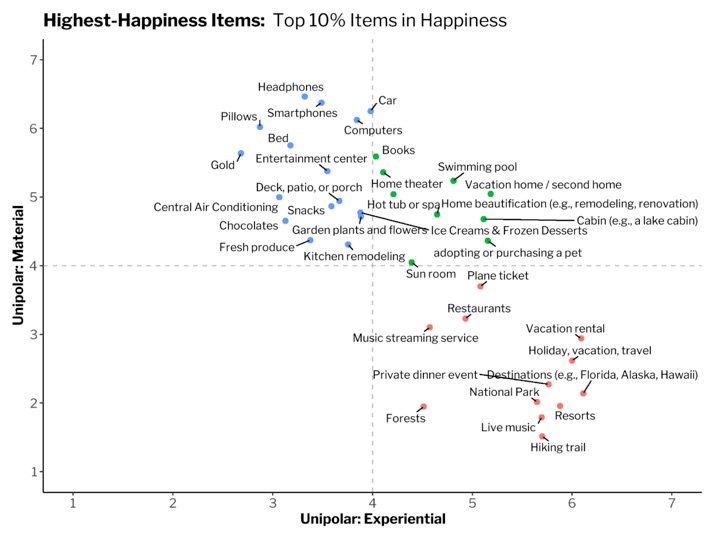
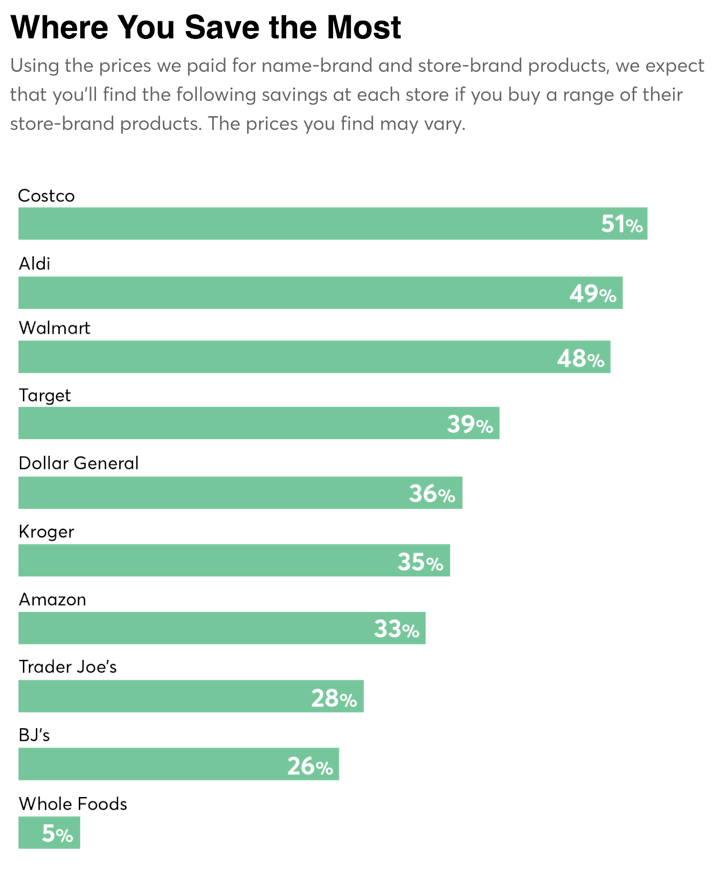
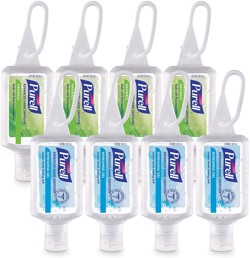


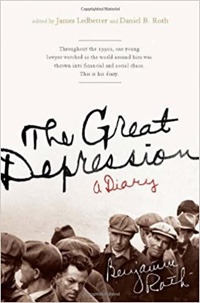

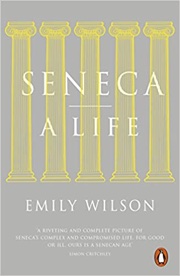
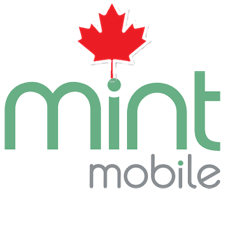 After a delay of two years, my family finally used up our flight credits and stash of hotel points to travel internationally to Vancouver and Whistler, British Columbia for some snow-filled fun. I was a bit worried about how well my “budget” cellular service
After a delay of two years, my family finally used up our flight credits and stash of hotel points to travel internationally to Vancouver and Whistler, British Columbia for some snow-filled fun. I was a bit worried about how well my “budget” cellular service 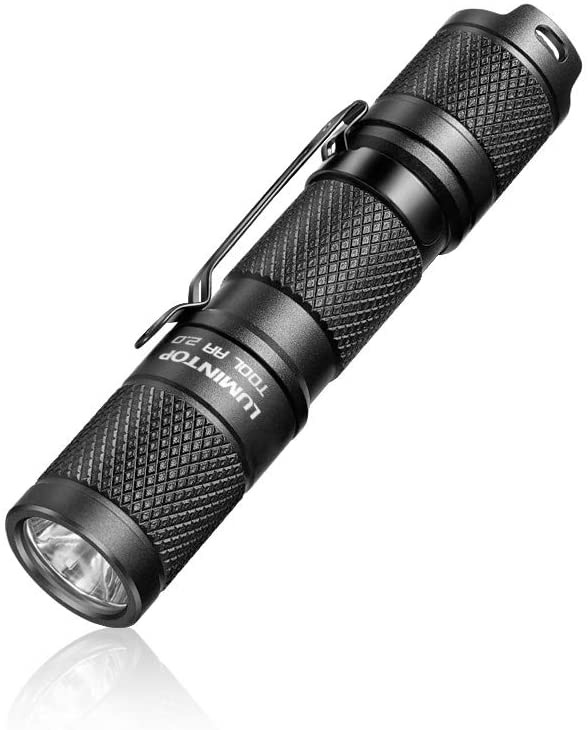
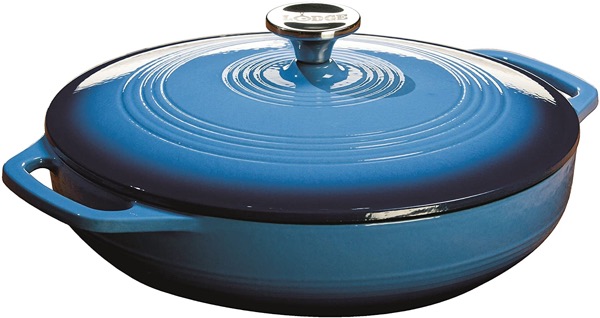
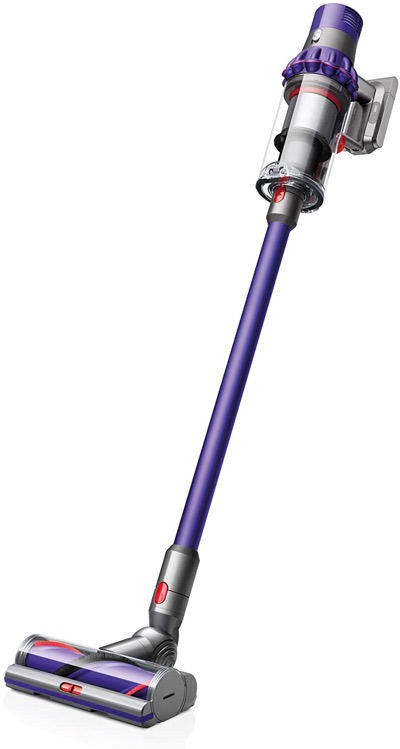
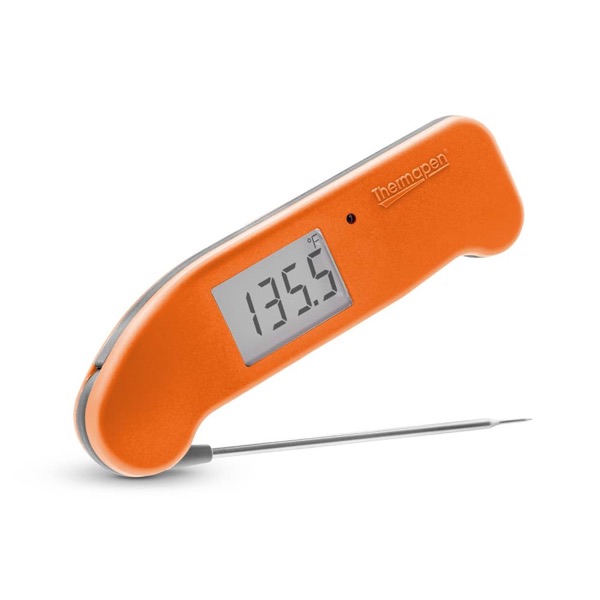

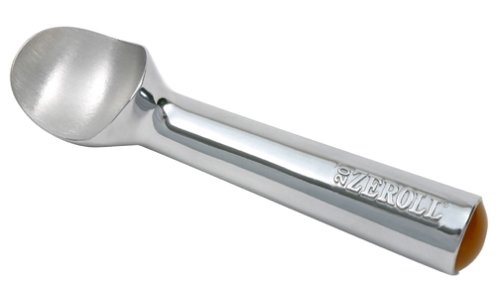
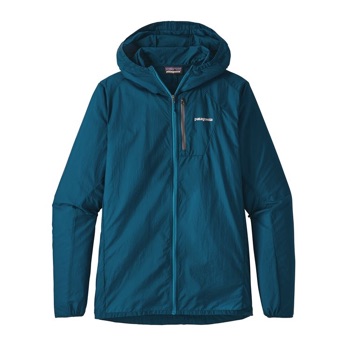
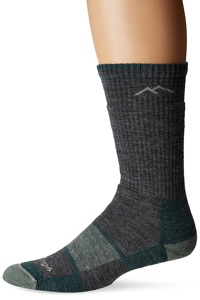

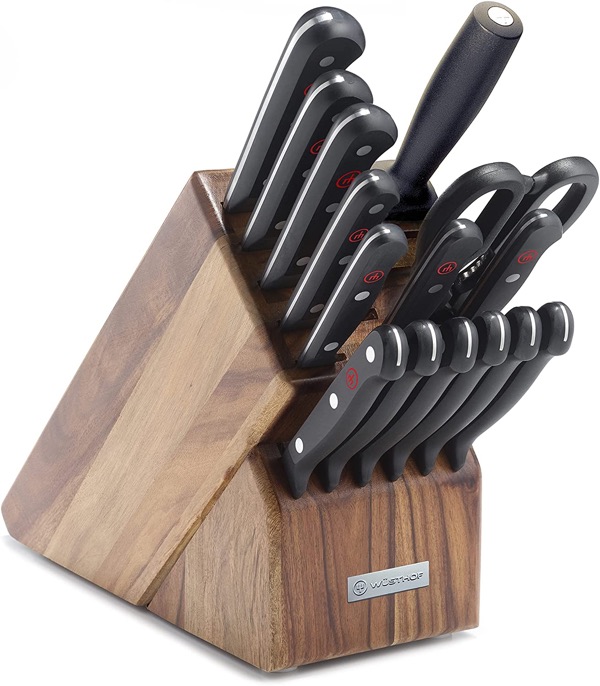
 Consumer Reports has released updated results from their 2021 Car Owner Survey in the articles
Consumer Reports has released updated results from their 2021 Car Owner Survey in the articles 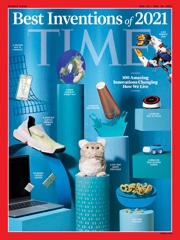 Time magazine has announced their
Time magazine has announced their 

 As we head into the last few months of 2021, this is a reminder to check on your Healthcare and Dependent Care Flexible Spending Accounts (FSA). This
As we head into the last few months of 2021, this is a reminder to check on your Healthcare and Dependent Care Flexible Spending Accounts (FSA). This 

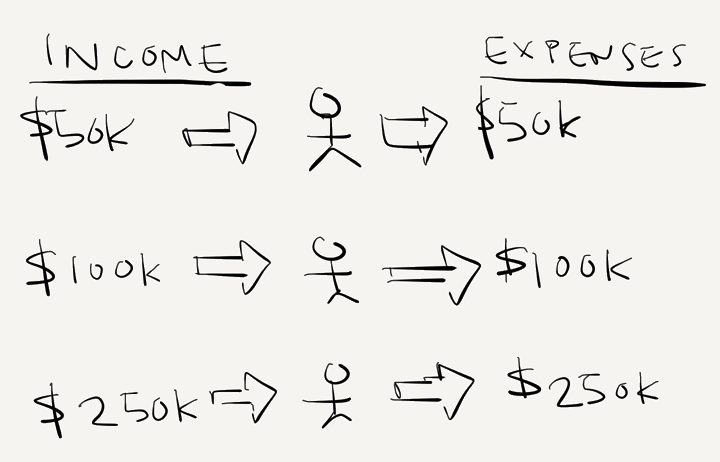
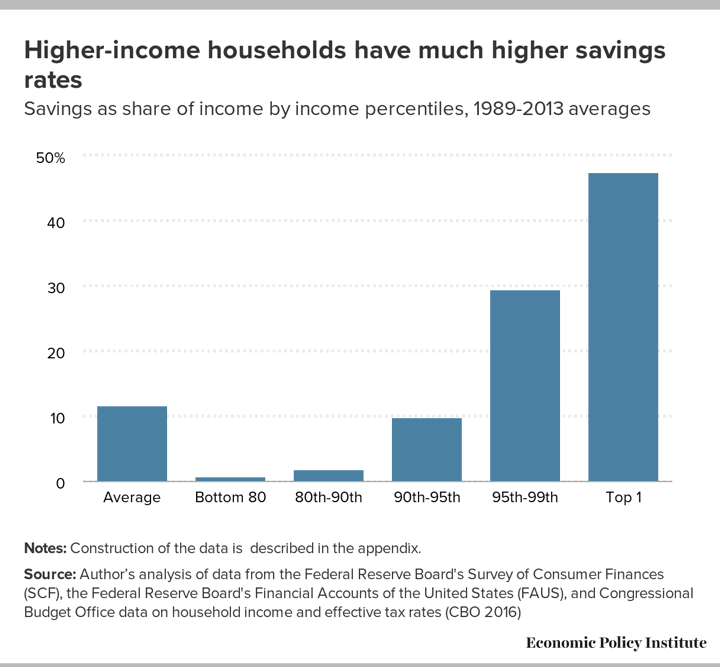
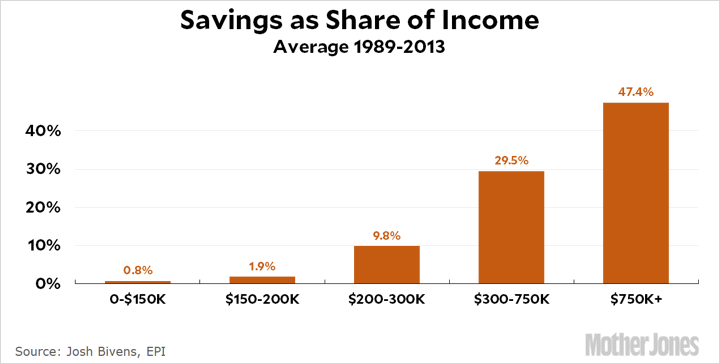
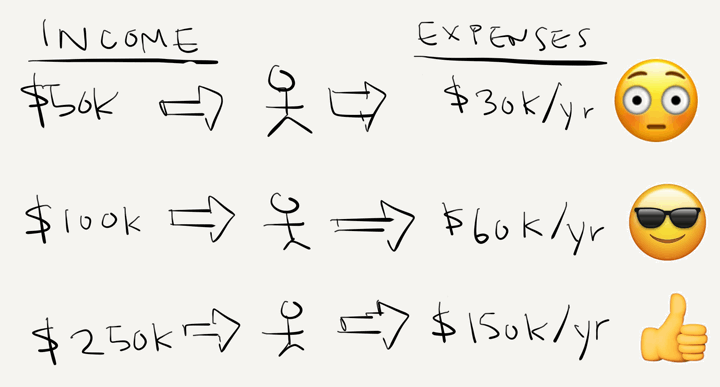
 The Best Credit Card Bonus Offers – October 2024
The Best Credit Card Bonus Offers – October 2024 Big List of Free Stocks from Brokerage Apps
Big List of Free Stocks from Brokerage Apps Best Interest Rates on Cash - October 2024
Best Interest Rates on Cash - October 2024 Free Credit Scores x 3 + Free Credit Monitoring
Free Credit Scores x 3 + Free Credit Monitoring Best No Fee 0% APR Balance Transfer Offers
Best No Fee 0% APR Balance Transfer Offers Little-Known Cellular Data Plans That Can Save Big Money
Little-Known Cellular Data Plans That Can Save Big Money How To Haggle Your Cable or Direct TV Bill
How To Haggle Your Cable or Direct TV Bill Big List of Free Consumer Data Reports (Credit, Rent, Work)
Big List of Free Consumer Data Reports (Credit, Rent, Work)